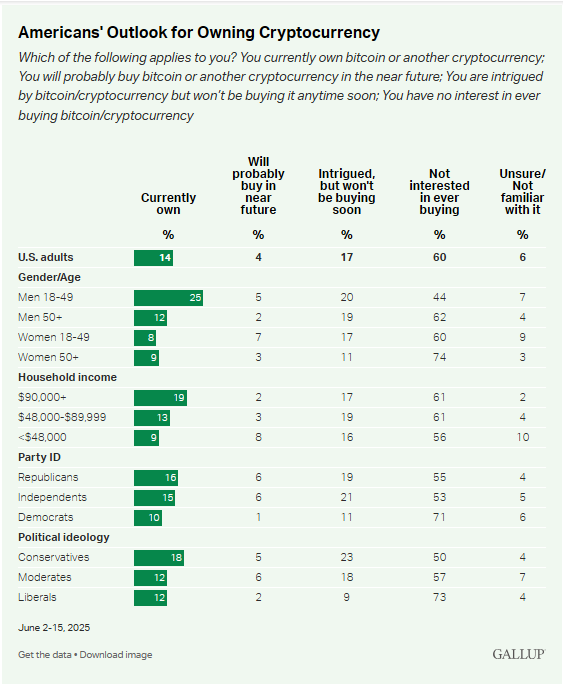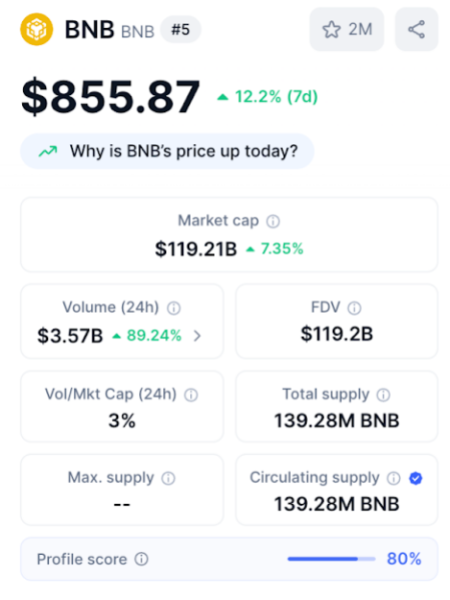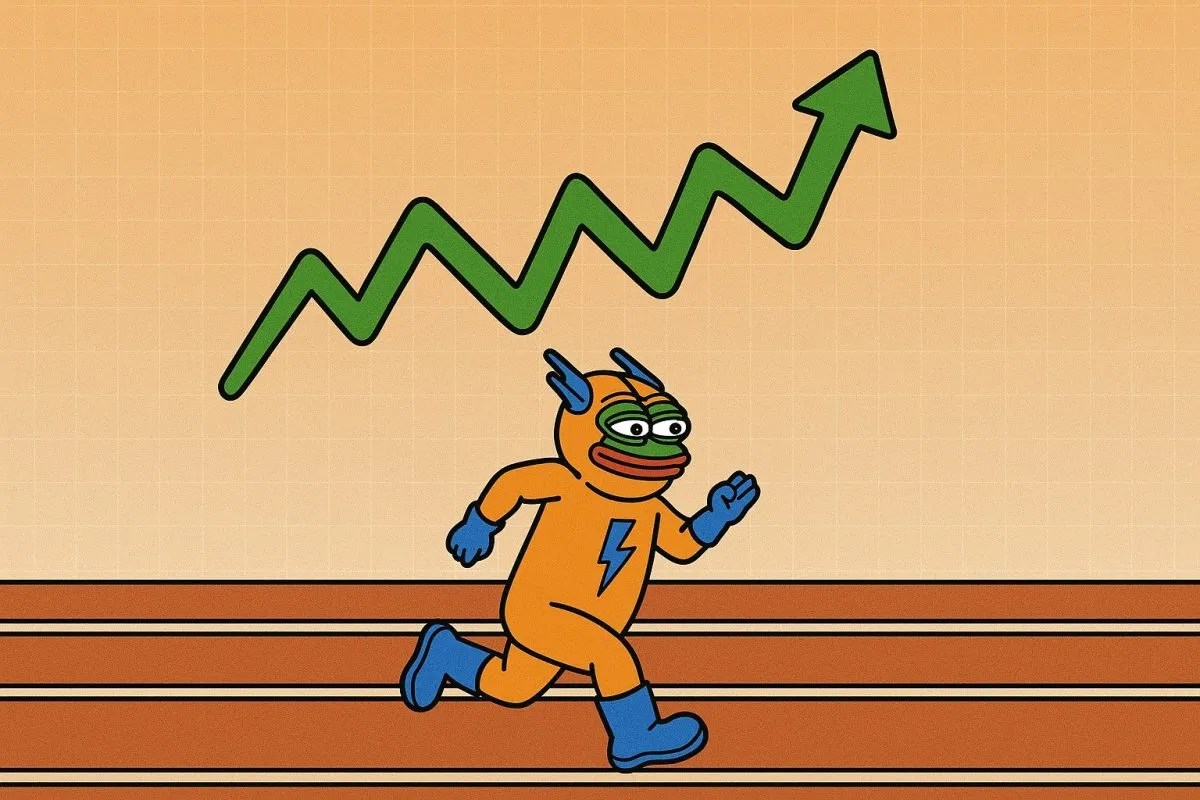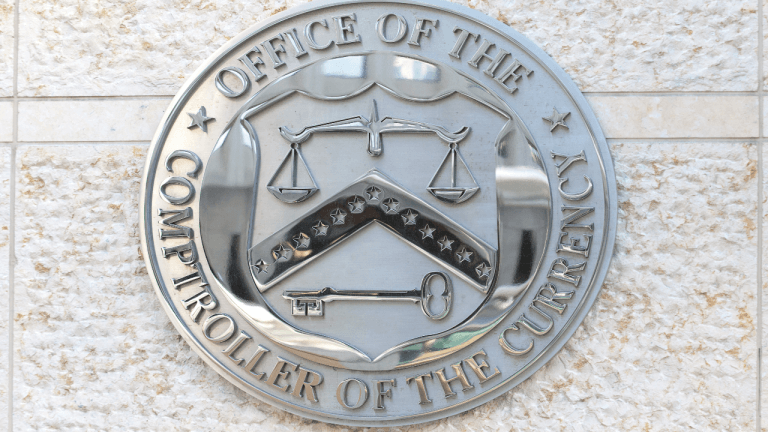 | Bitcoin average transaction fees cooled off recently after reaching a local peak above $37/tx on December 16. However, this one-month break could be coming to an end, fuelling network fees for new highs in the following weeks. Of course, I could be wrong in this assumption, but I have strong reasons to believe this is a highly likely scenario. Here is why. ???? Why Bitcoin fees could rise soon?If we look at the Bitcoin average transaction fee historical chart on BitInfoCharts, we can see a different behavior from 2023's hike. Meanwhile, an uptrend appears to be forming, mirroring 2021's surge constancy, although more aggressive now. In 2021, fees reached the $62.77 average all-time high. I expect a new ATH this year. Maybe even in the following weeks. The core factors that could fuel Bitcoin fees are: (1) Volatility; (2) Pump; (3) Flow; (4) Ordinals. 1. VOLATILITY Whether up or down, volatility has historically fueled Bitcoin's average transaction fees. This happens because investors try to front-run each other while moving BTC in or out of cryptocurrency exchanges. Front-running usually happens when depositing (to sell) during a huge price dump and panic selling. Essentially, the longer someone waits to have their BTC deposit confirmed, the more the price might fall. I expect high volatility in the next weeks, both due to Macro Economics but mostly due to price discovery and speculation following the Bitcoin ETF approval. 2. PUMP If (this is a big IF) price surges, the average transaction fee in USD will rise proportionally for the same fee amount in BTC. Nobody knows if a pump will happen, but a bull market is highly expected for this year, and people seem to believe it's either already happening or about to happen with the halving.
in Satoshi Nakamoto's words. 3. FLOW I really expect a huge capital re-allocation in the following days, as investors manage their portfolios and Bitcoin exposures among the now diverse options. The first two days of Bitcoin ETFs trading were already marked by huge capital flows in and out of each issuer. Bloomberg Senior ETF analyst Eric Balchunas reported $1.4 billion inflows from 9 ETFs and $579 million outflows from GBTC alone. Capital is moving, and so is BTC, although not necessarily in the same volume. Additionally, these entities moving Bitcoin in and out won't mind paying higher fees to ensure their transactions settle sooner rather than later. 4. ORDINALS Oh, yeah, the elephant in the room. Ordinals might also contribute to fee increases and network saturation, as they probably have already done in the past. Mostly because the recently created DeFi ecosystem for Bitcoin is actually using on-chain transactions all the time. A high usage level for an intentionally unscalable blockchain with very low transaction capacity (no more than 7 TPS) will inevitably affect the fee market. Ordinals and on-chain activity are even more affected by the three previous factors. ???? How to avoid losing money when fees increase?Well, the solution is pretty obvious: Stop using Bitcoin. And no, the Lightning Network is not a viable solution for high-fee environments. Using the LN while trying to avoid fees will actually expose people to even bigger risks of losing money. I addressed the risk of holding dust here. Also mentioning force closures, which later happened for lots of channels, despite some LN enthusiasts previously saying I was FUDing and lying. I wasn't, this is a real risk, that you should be aware of. E.g., https://twitter.com/vinibarbosabr/status/1733080908775776542 In conclusion, I encourage you to try decentralized alternatives to Bitcoin as peer-to-peer money. Nano is my personal favorite, but not the only one that works if you want to move your money without intermediaries using open-source software in permissionless networks (I will further talk about different alternatives). I wrote about XNO dust-free property here. In the meantime, http://nano.community/introduction open-source platform is a great place to learn more about how nano works. And, interestingly, the word 'nano' reached first place among all cryptocurrency-related trending words yesterday (Jan 12), according to the Santiment. Showing a growing interest in this solution. Santiment's AI summary for why nano was trending was as follows:
The rising interest happened during a community-funded giveaway here on r/CryptoCurrency led by Mira Hurley (on X). Here are some nice stats of over 5,000 microtransactions sent to people who were mostly trying XNO for the first time. However... If you don't like XNO, no problem!Monero (XMR), Litecoin (LTC), Bitcoin Cash (BCH), Dash (DASH), and a few others might very well do the job. For example, LTC surpassed Bitcoin on BitPay in November and December 2023 as the most used means of payment on the platform. Meanwhile, XMR has done something similar in darknet markets and is growing in usage on platforms like CoinCards. CoinGate also reported a surge in USDT payments, surpassing Bitcoin in November and December. Historically, these altcoins (except stablecoins) have experienced huge price appreciation while Bitcoin fees were skyrocketing. The reason is pretty obvious and intuitive. All things considered, Bitcoin fees increasing is inevitable. This is a matter of WHEN, not IF. Personally, I believe the when is right around the corner. What do you think? Act accordingly. For the record, BTC fees are at: 0.00037 BTC ($15.84), or 228.2 sats/vB, by posting time, according to BitInfoChart (illustrated in IMG 1). [link] [comments] |

You can get bonuses upto $100 FREE BONUS when you:
💰 Install these recommended apps:
💲 SocialGood - 100% Crypto Back on Everyday Shopping
💲 xPortal - The DeFi For The Next Billion
💲 CryptoTab Browser - Lightweight, fast, and ready to mine!
💰 Register on these recommended exchanges:
🟡 Binance🟡 Bitfinex🟡 Bitmart🟡 Bittrex🟡 Bitget
🟡 CoinEx🟡 Crypto.com🟡 Gate.io🟡 Huobi🟡 Kucoin.



















Comments